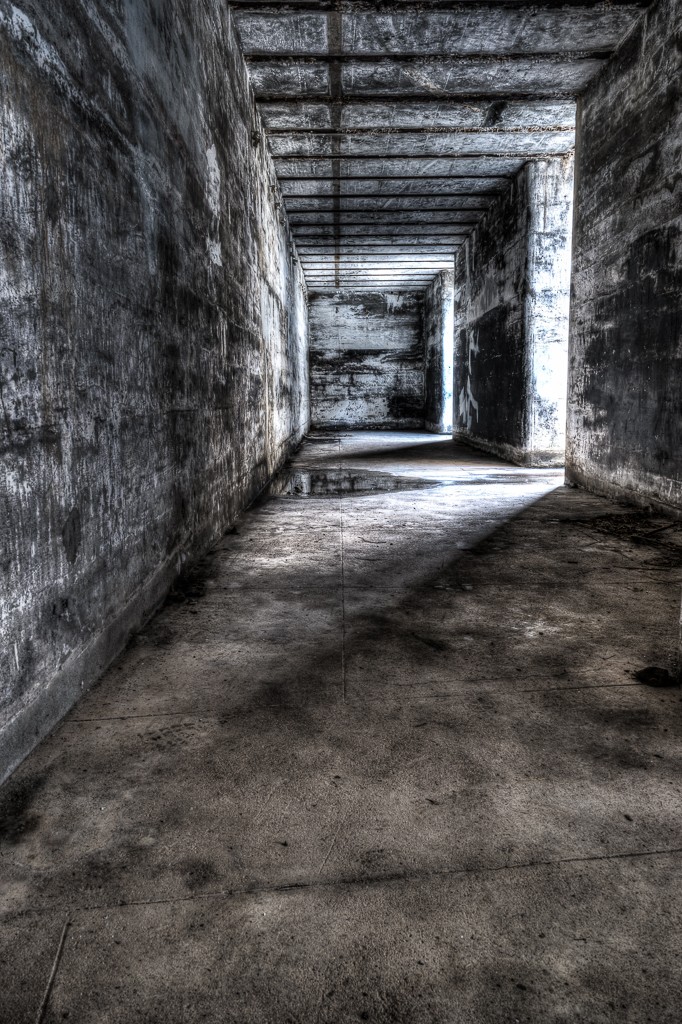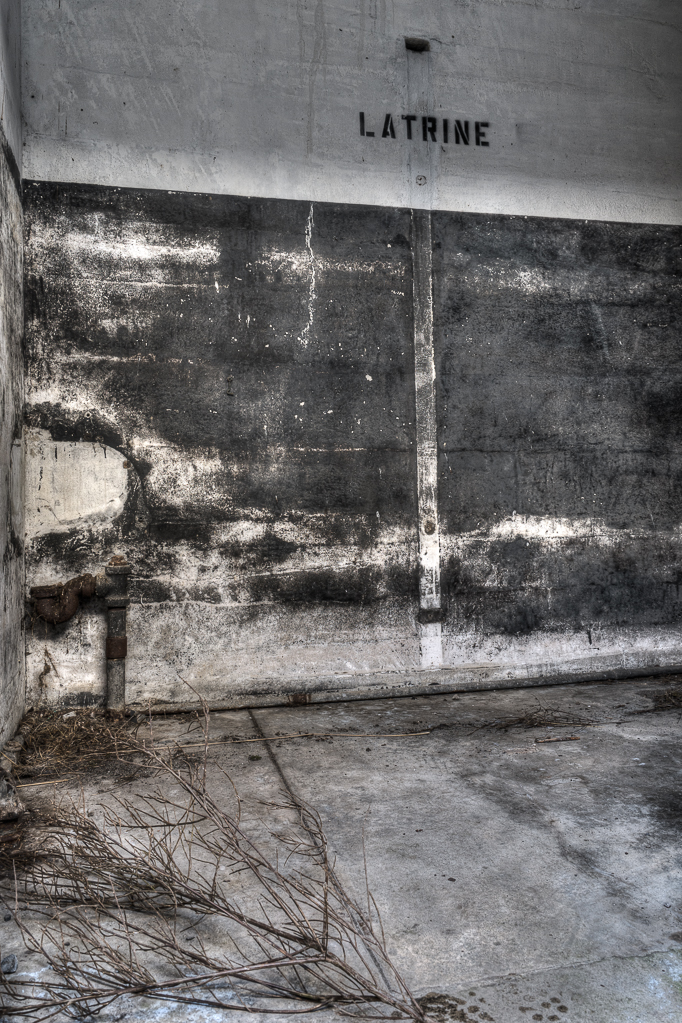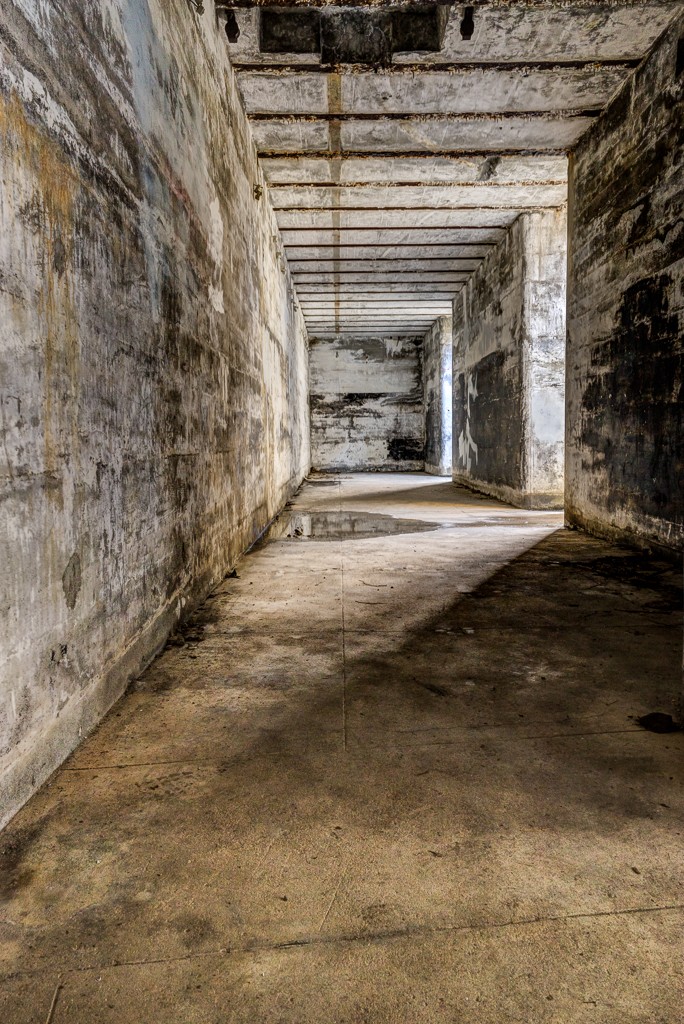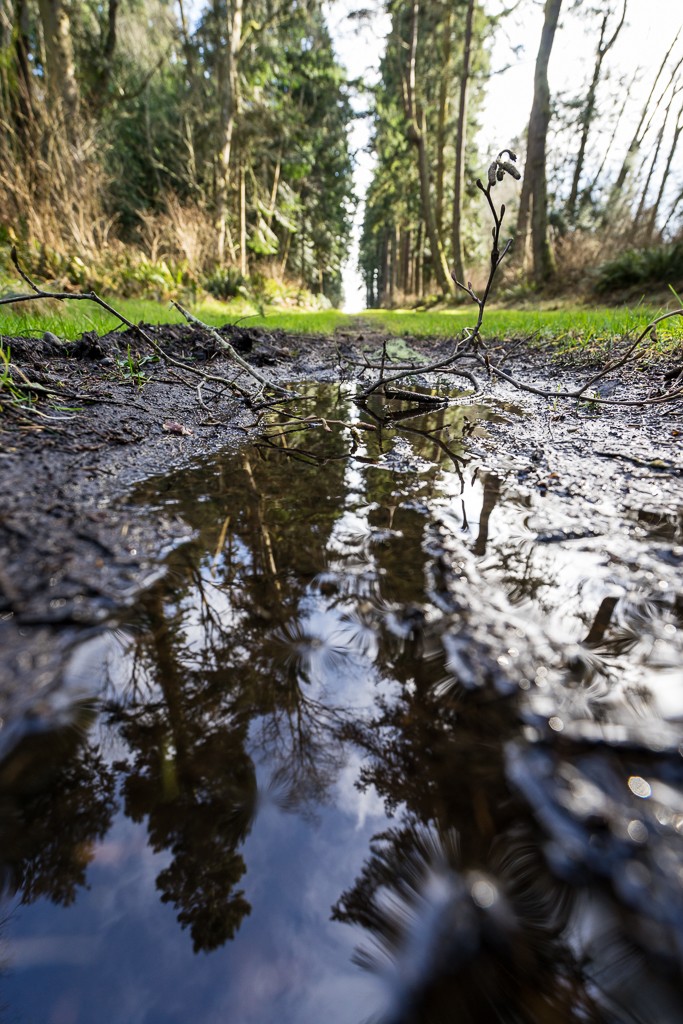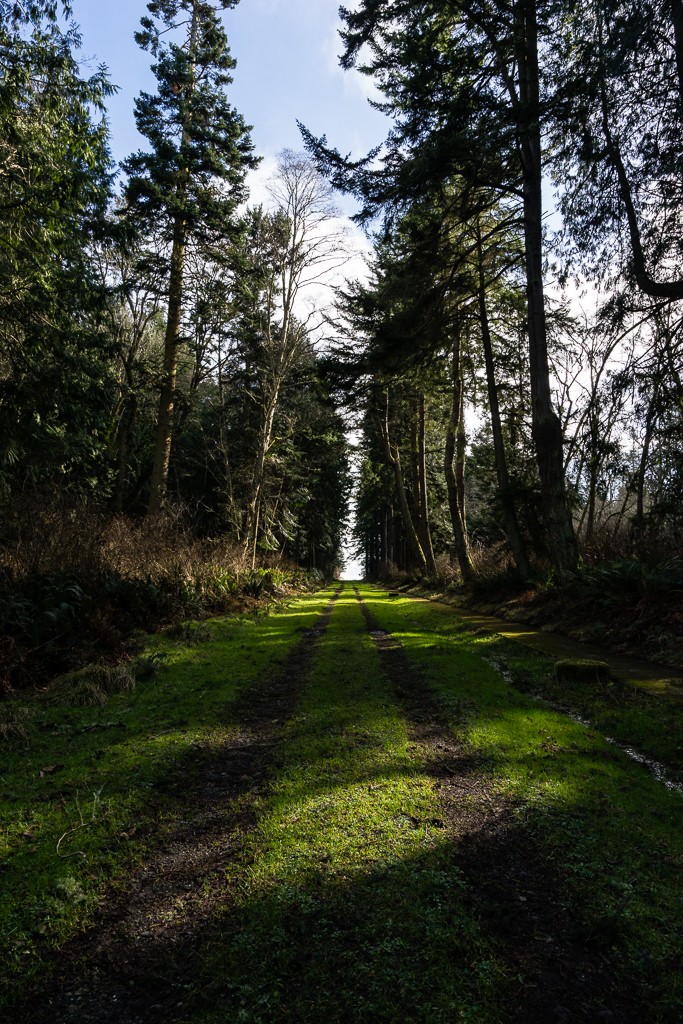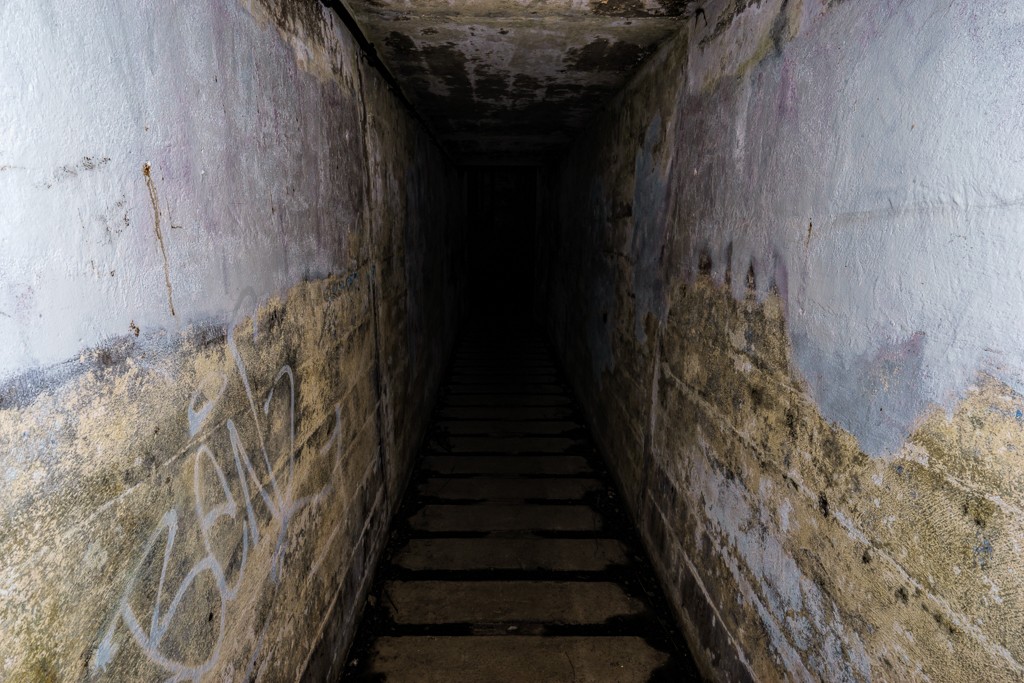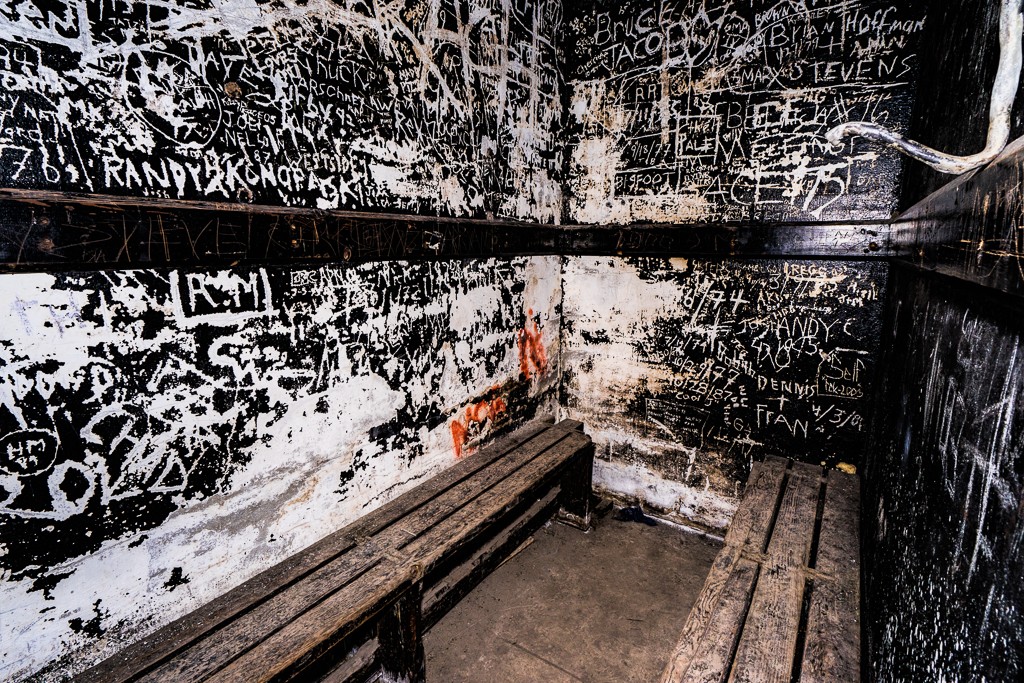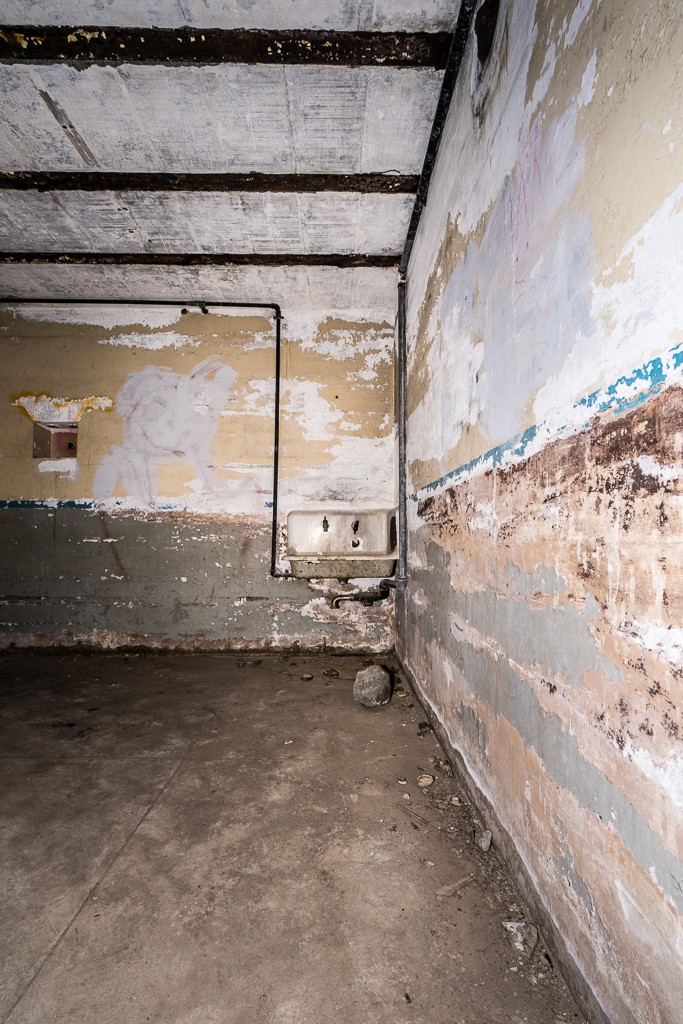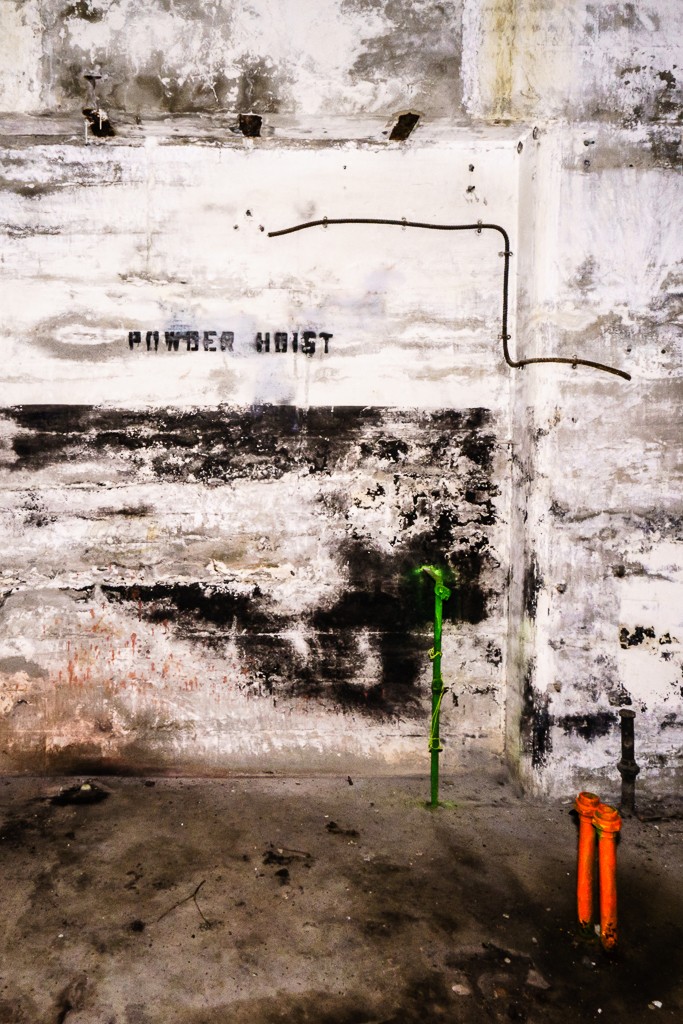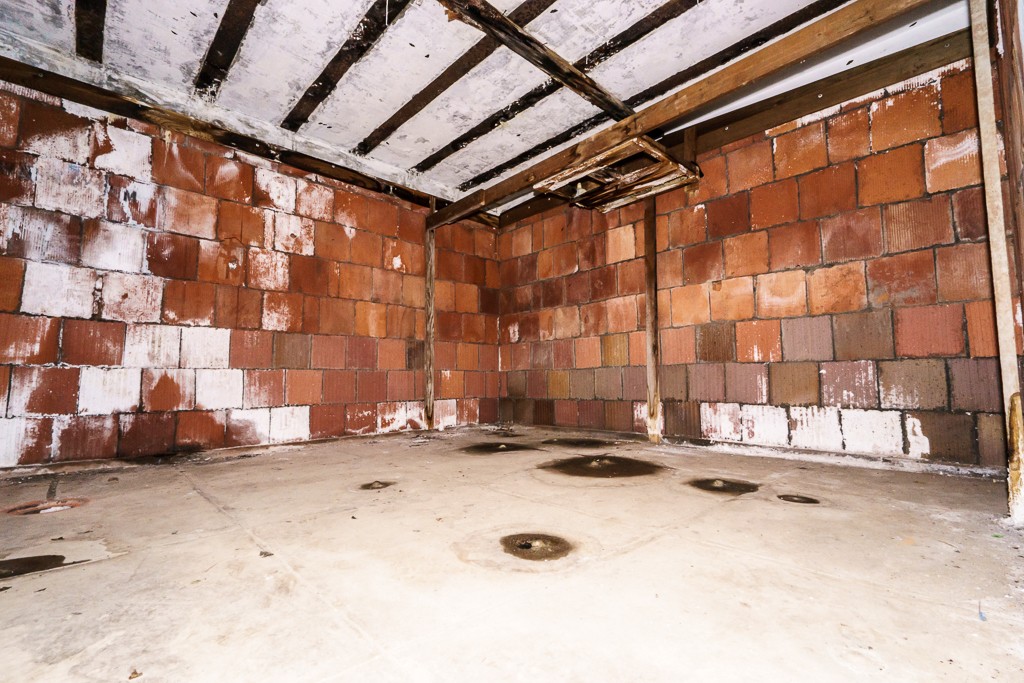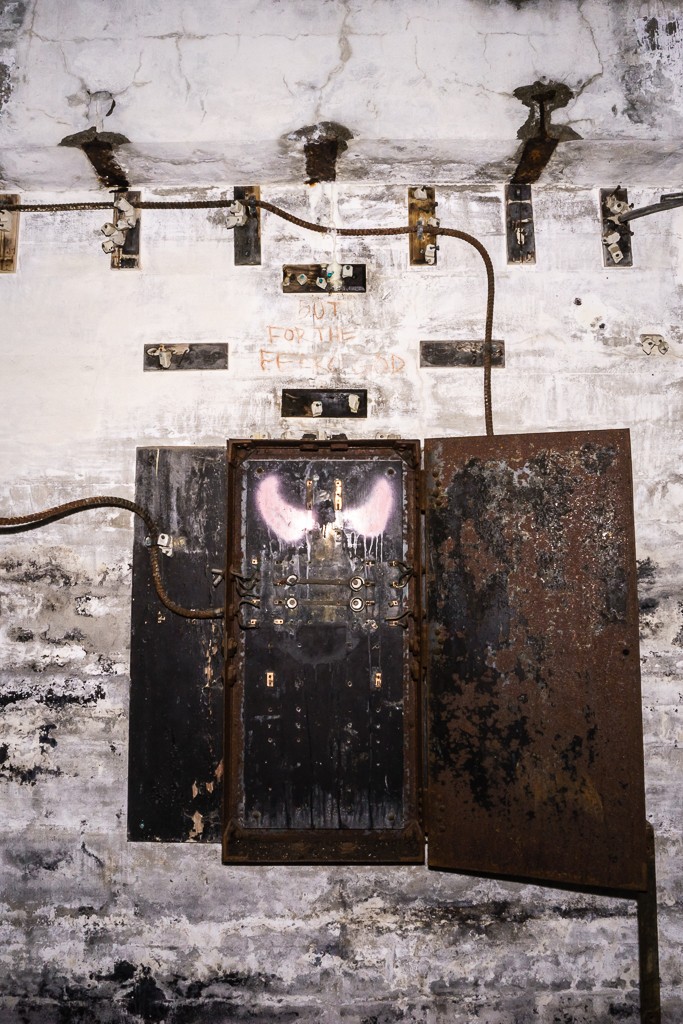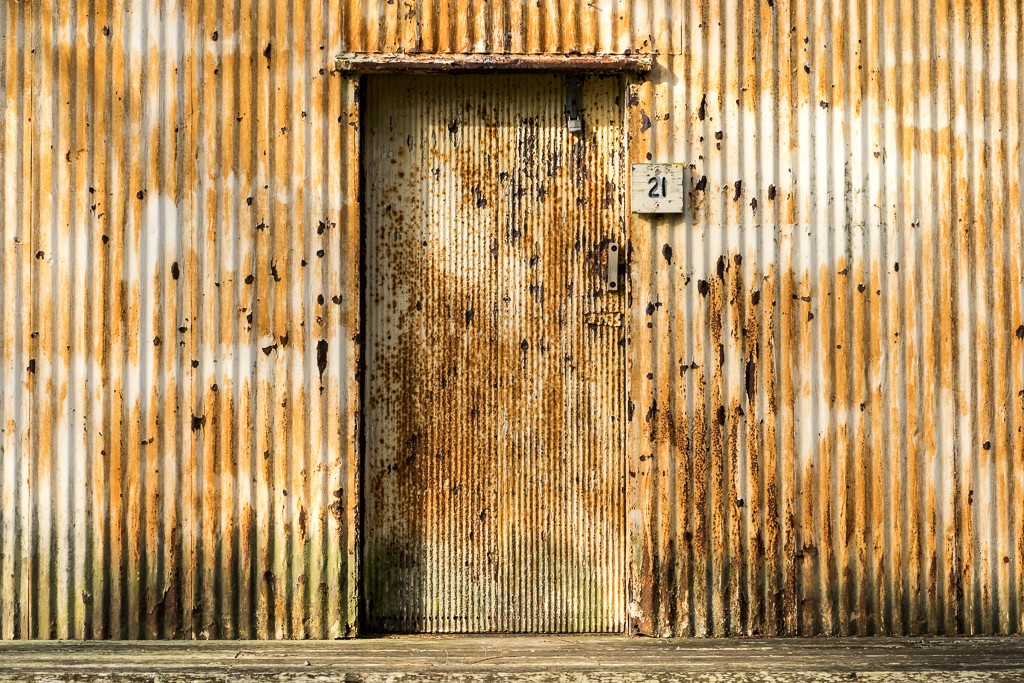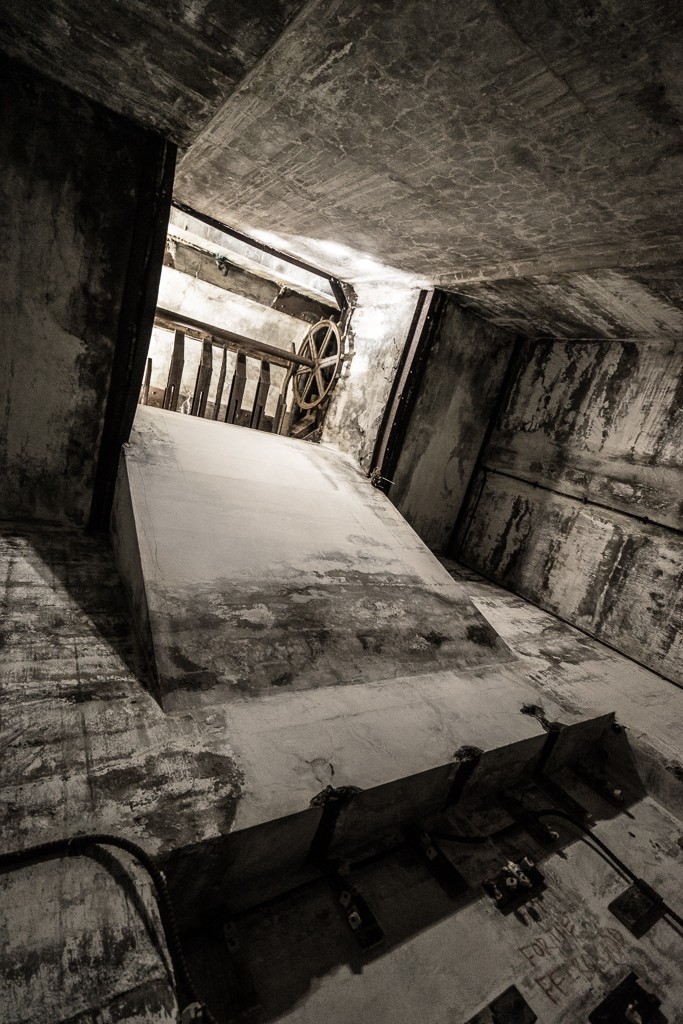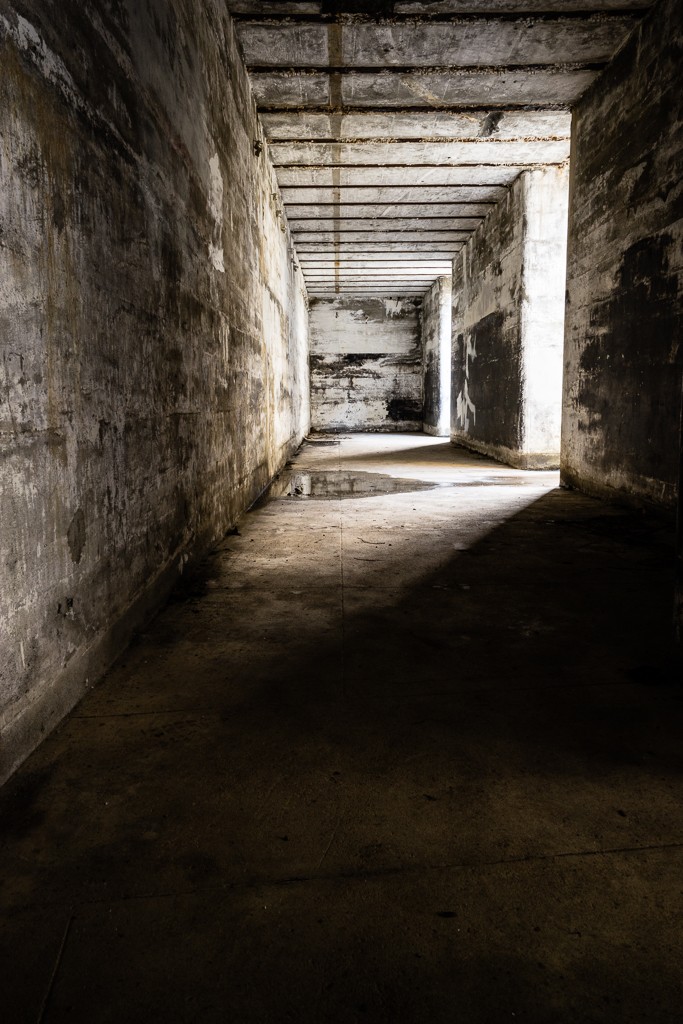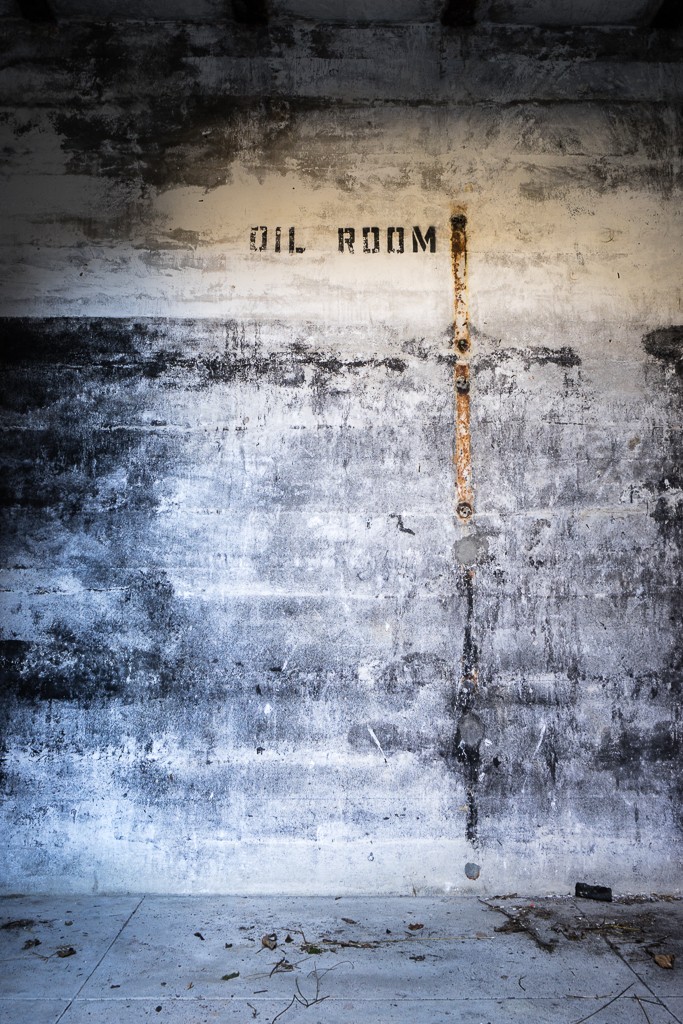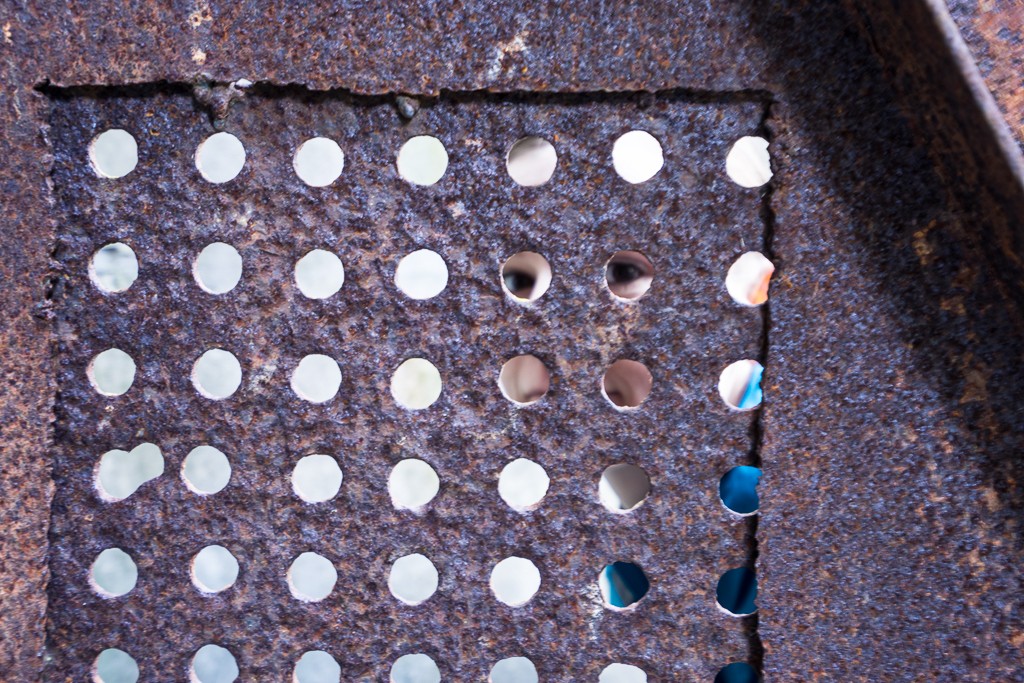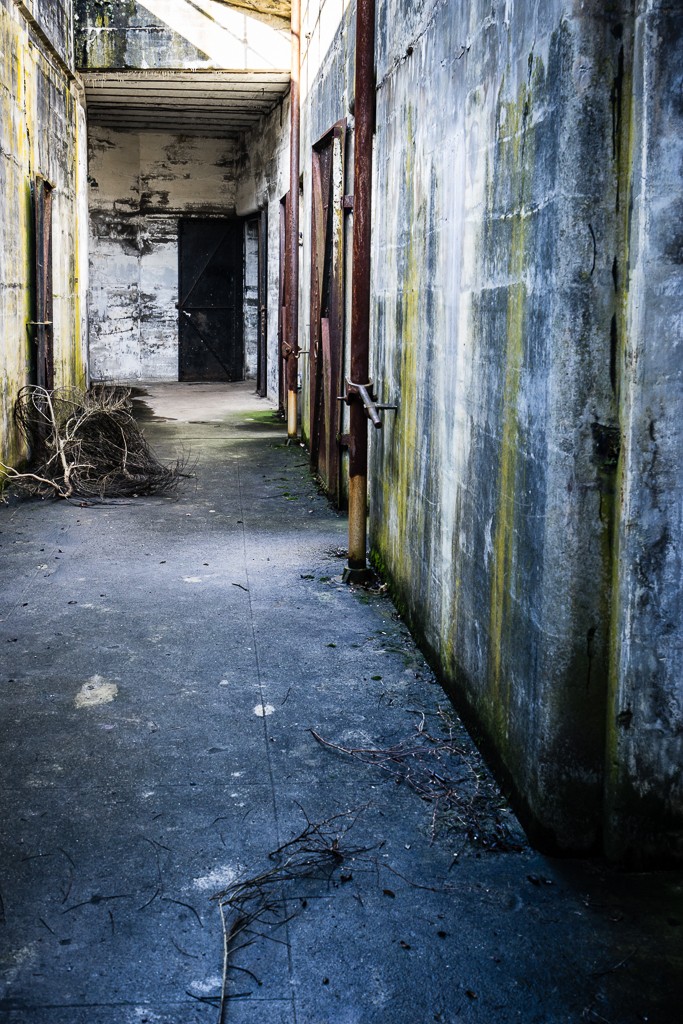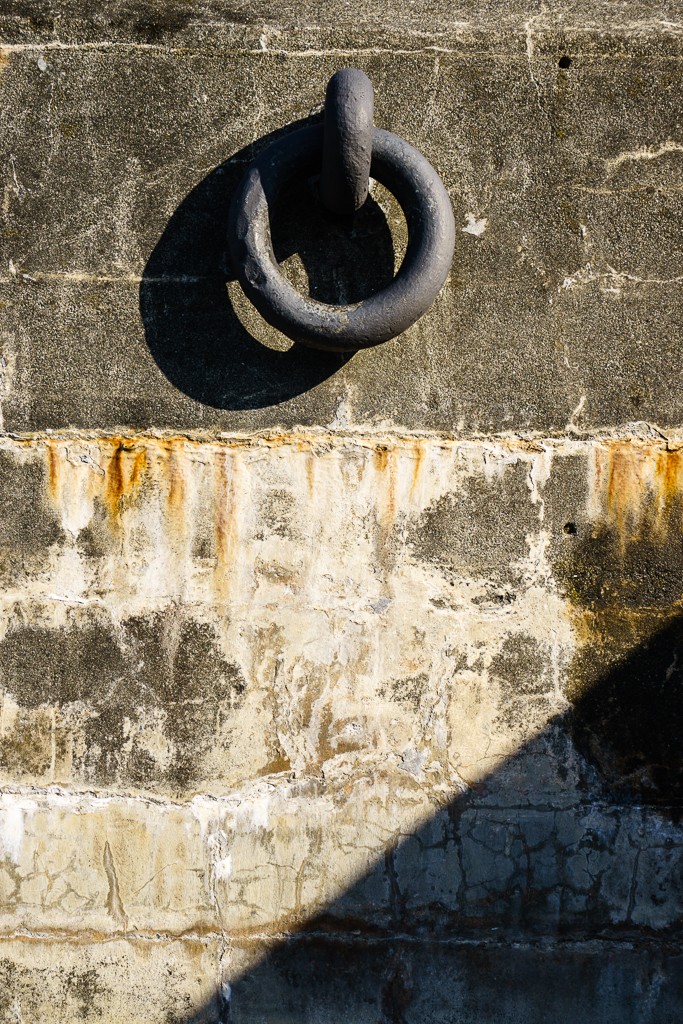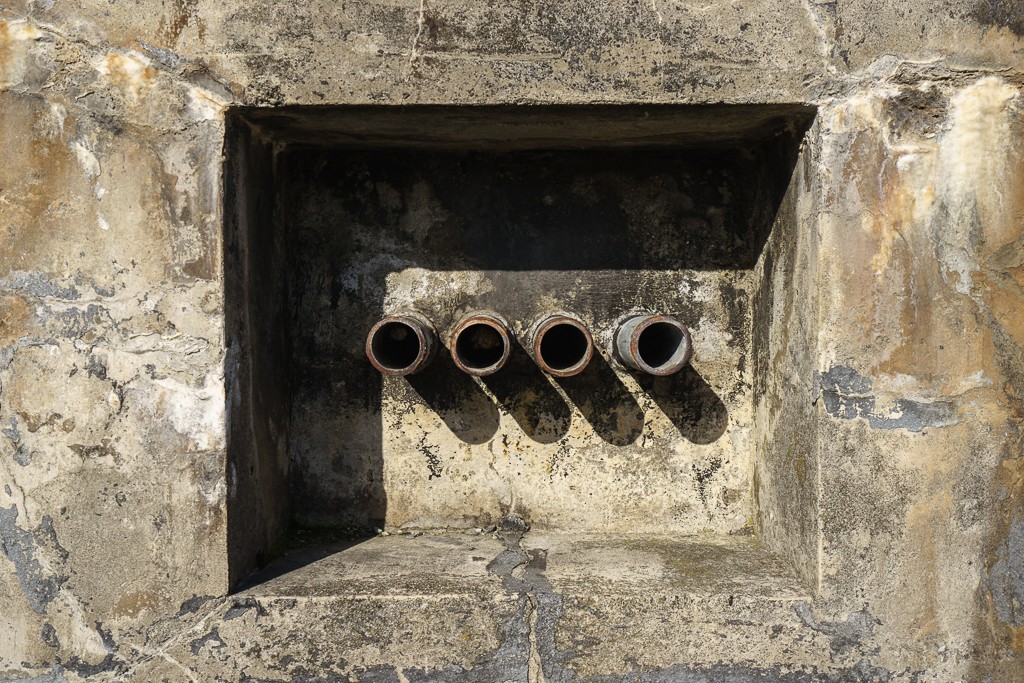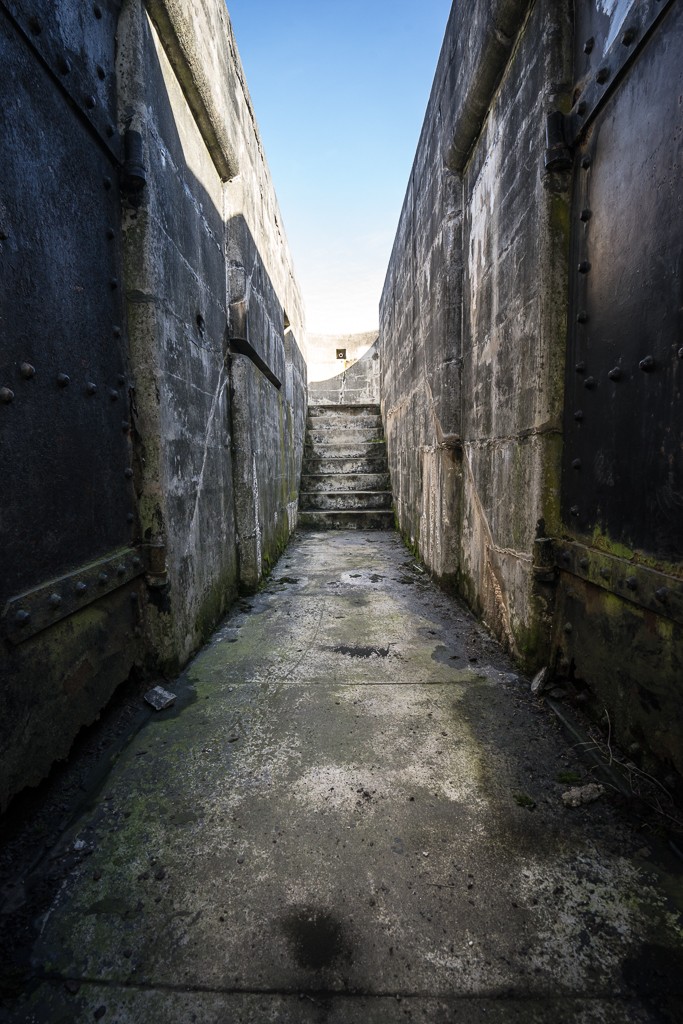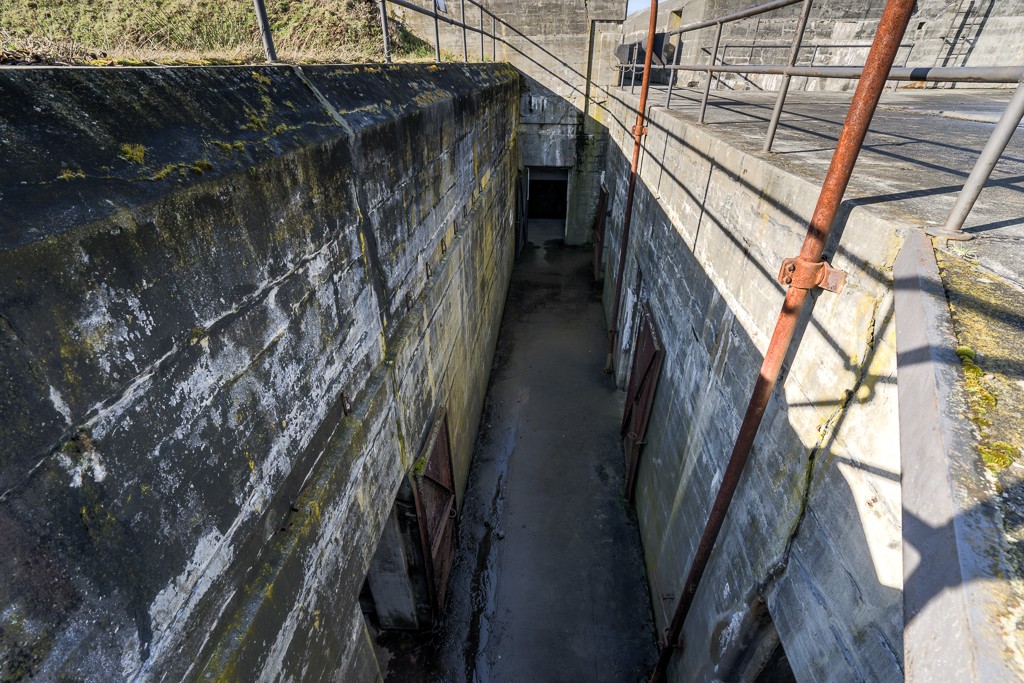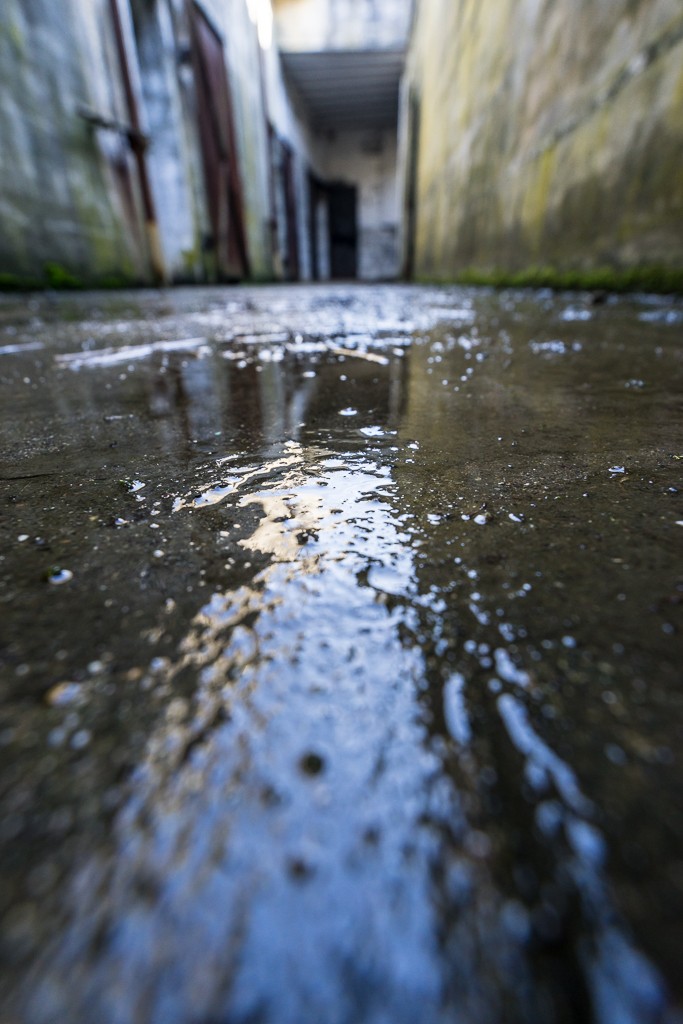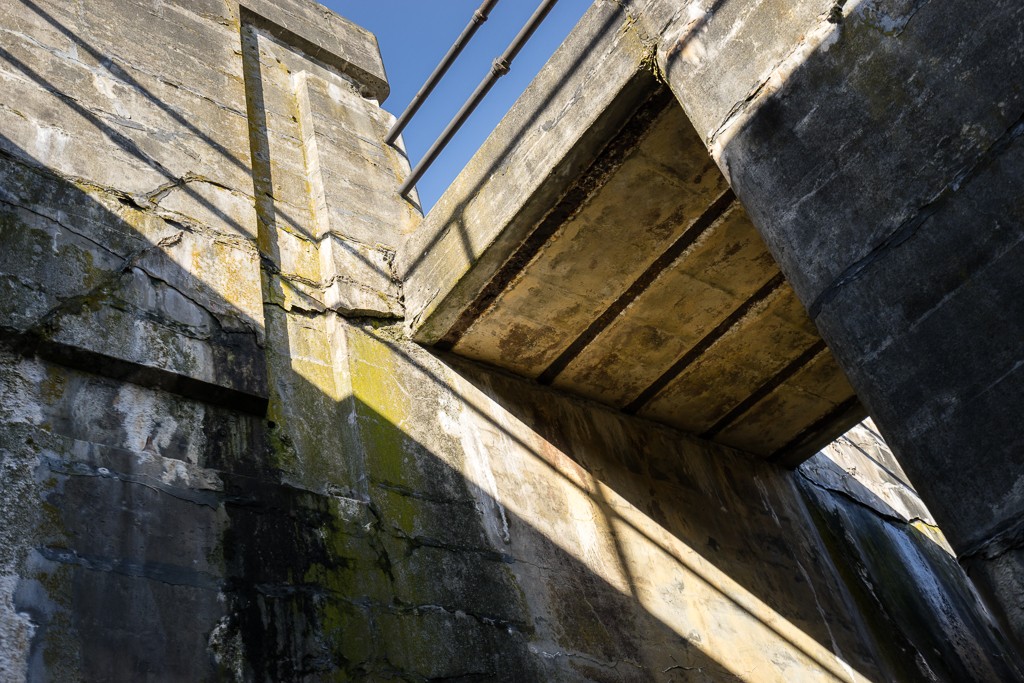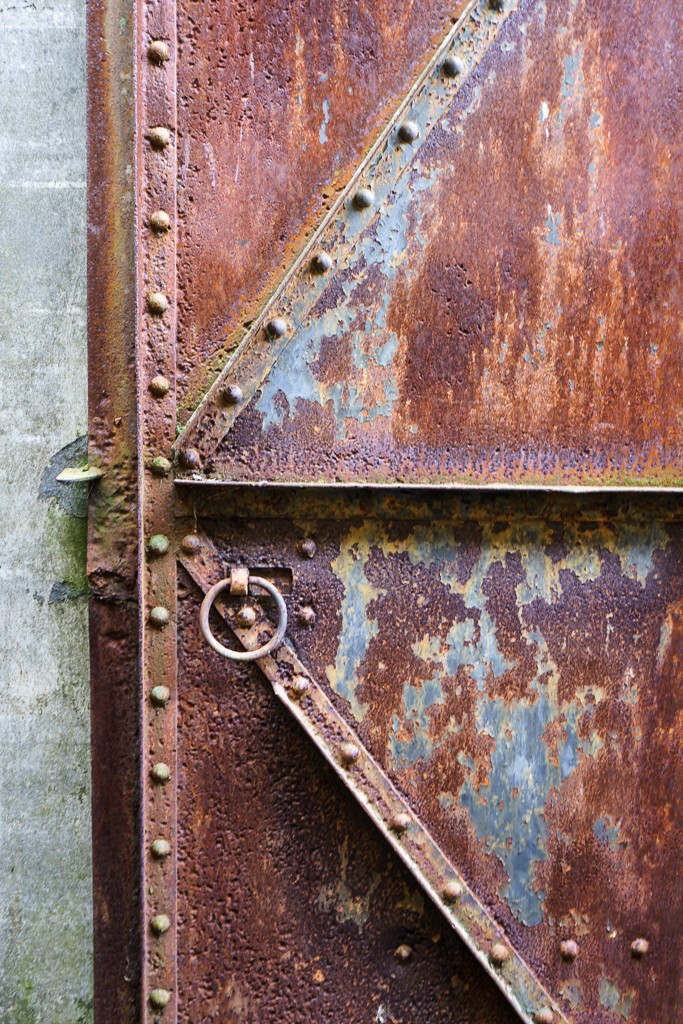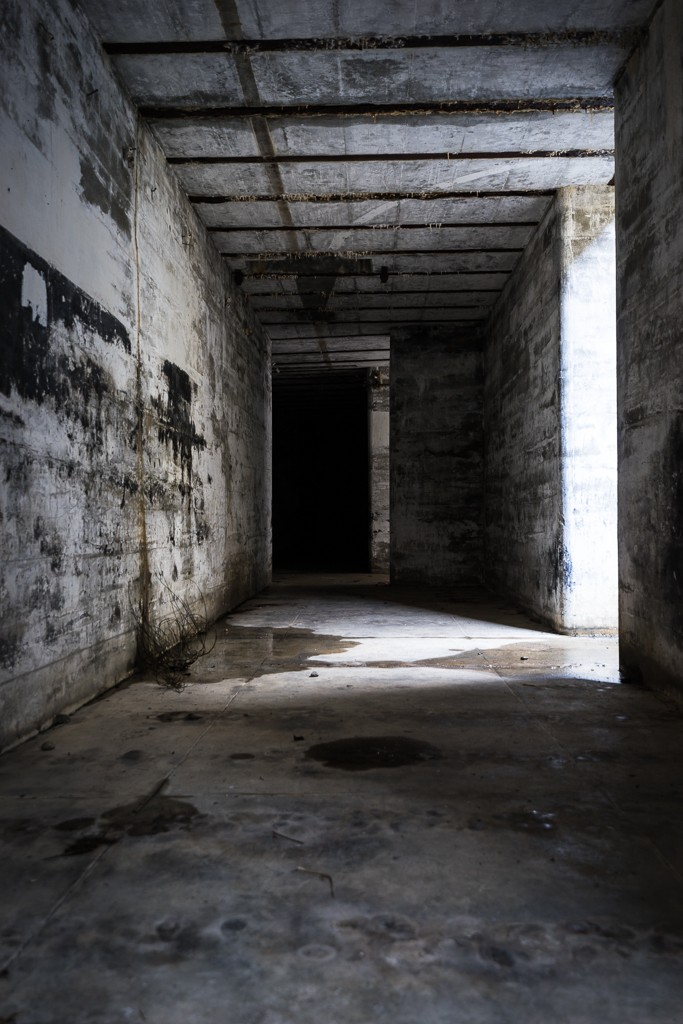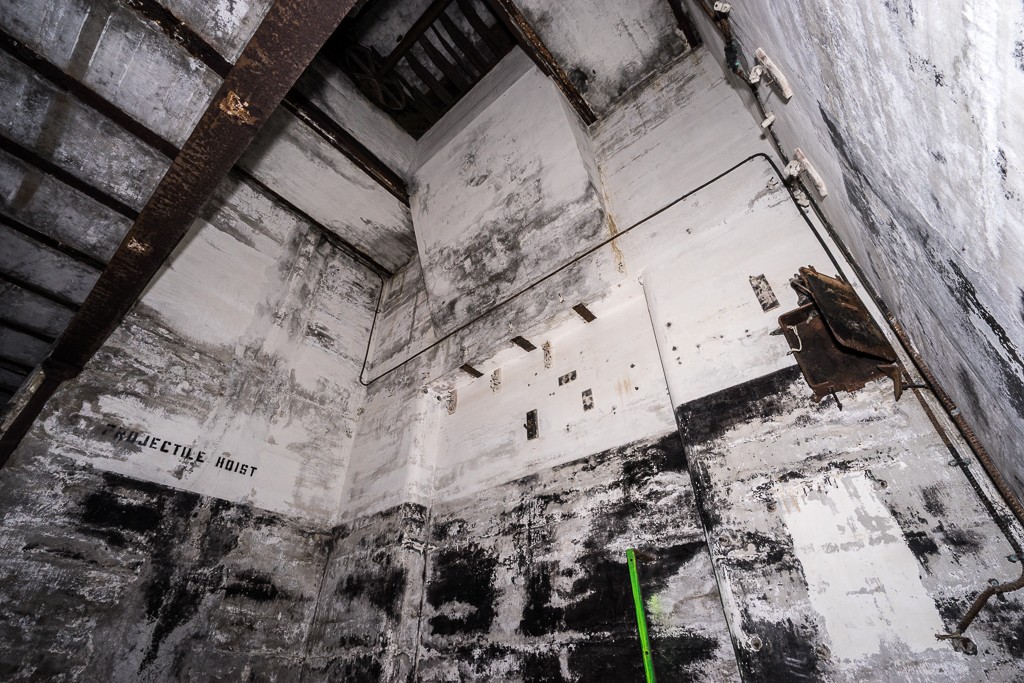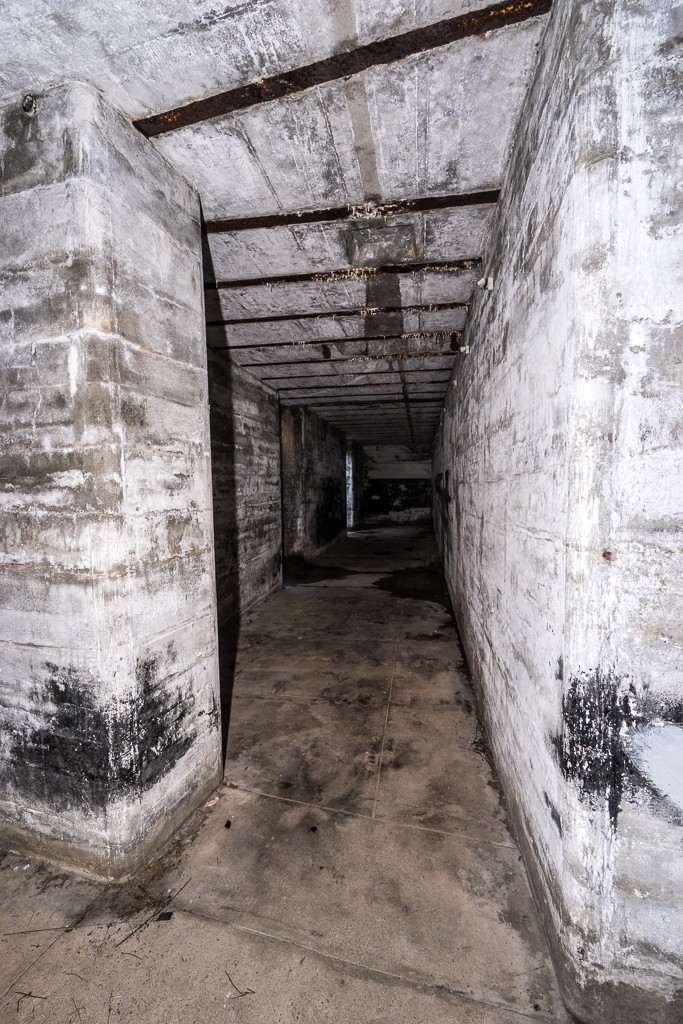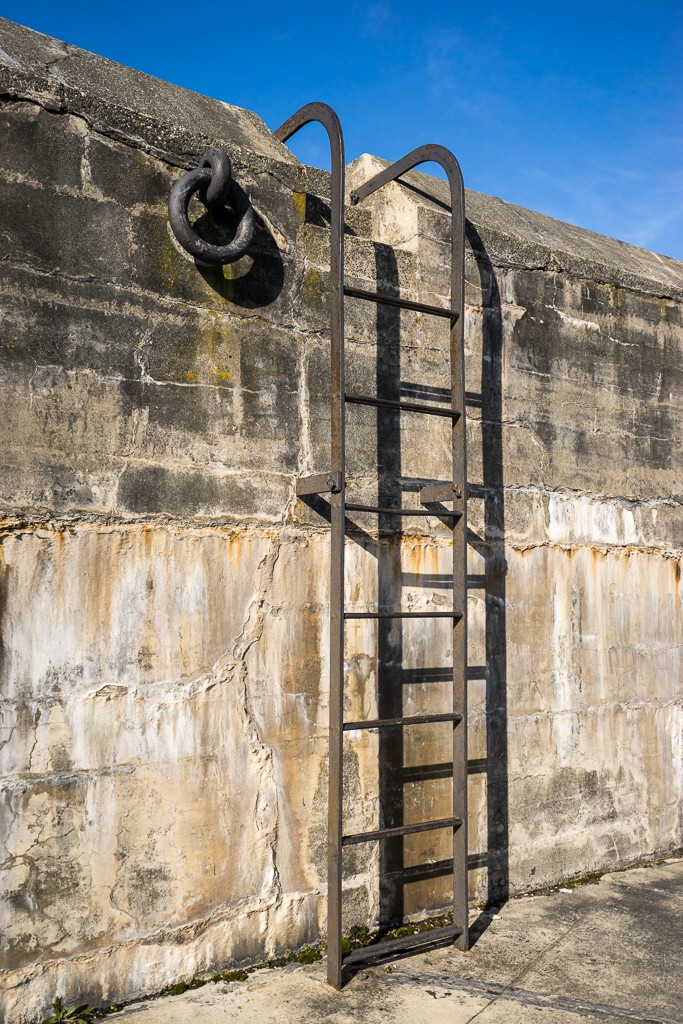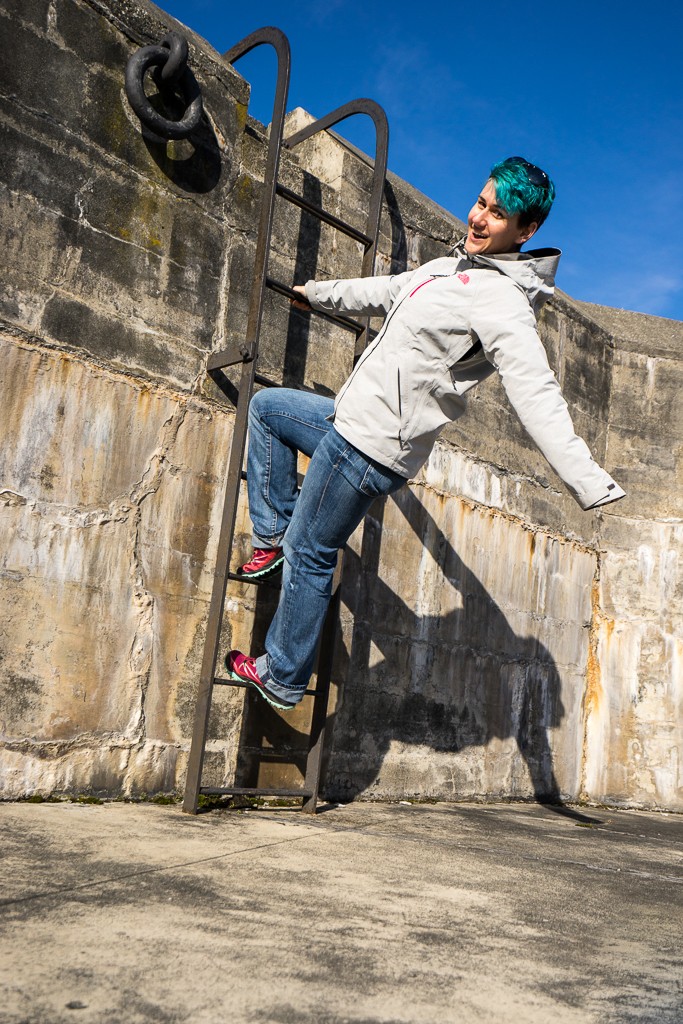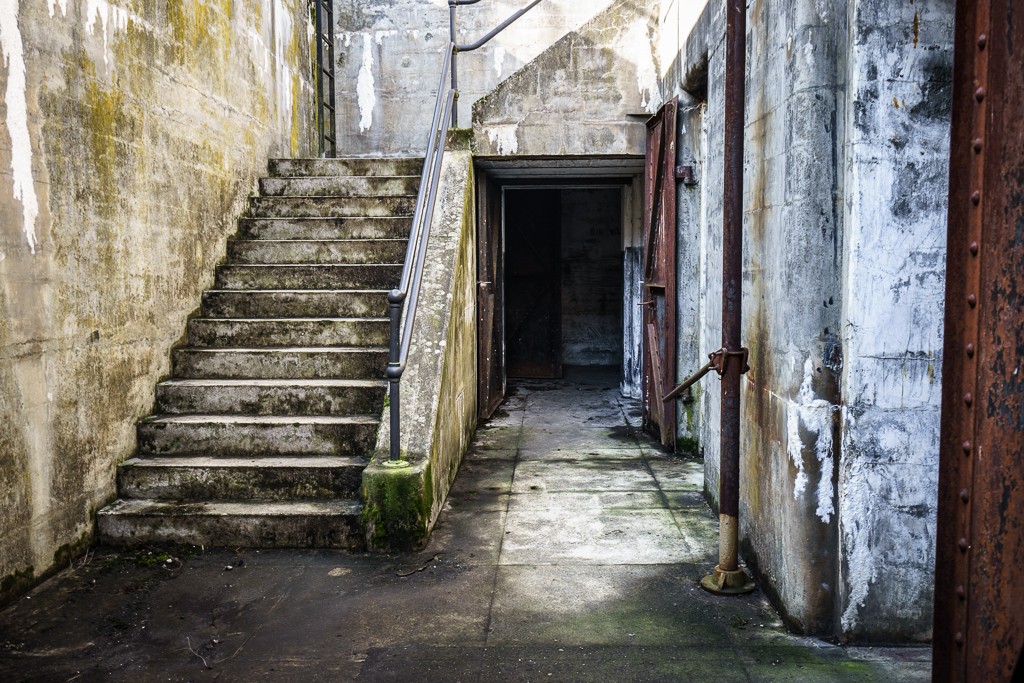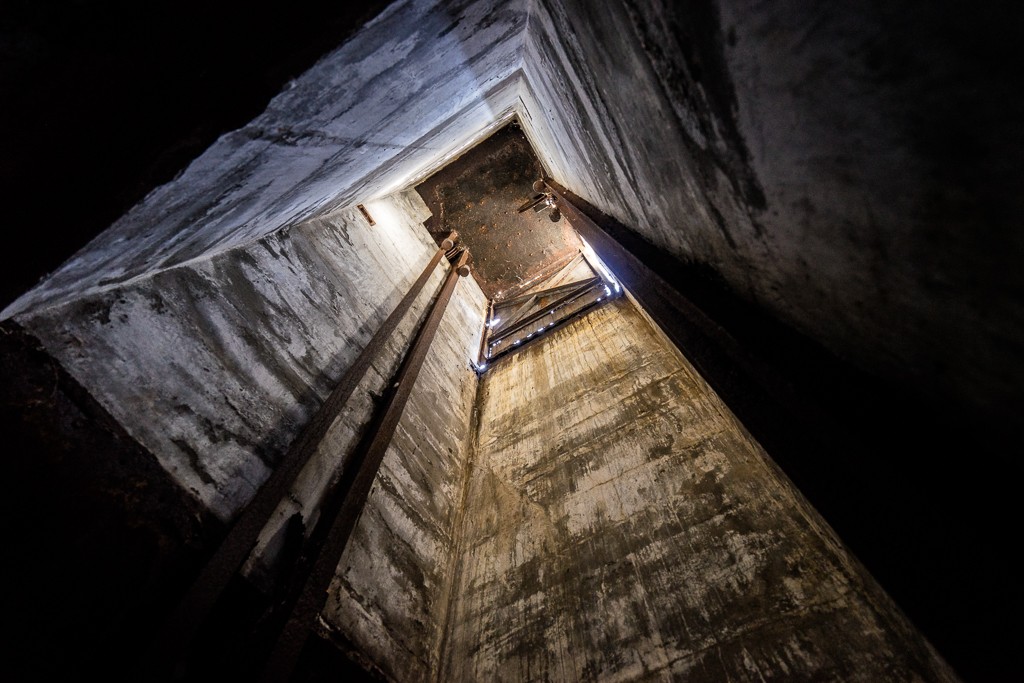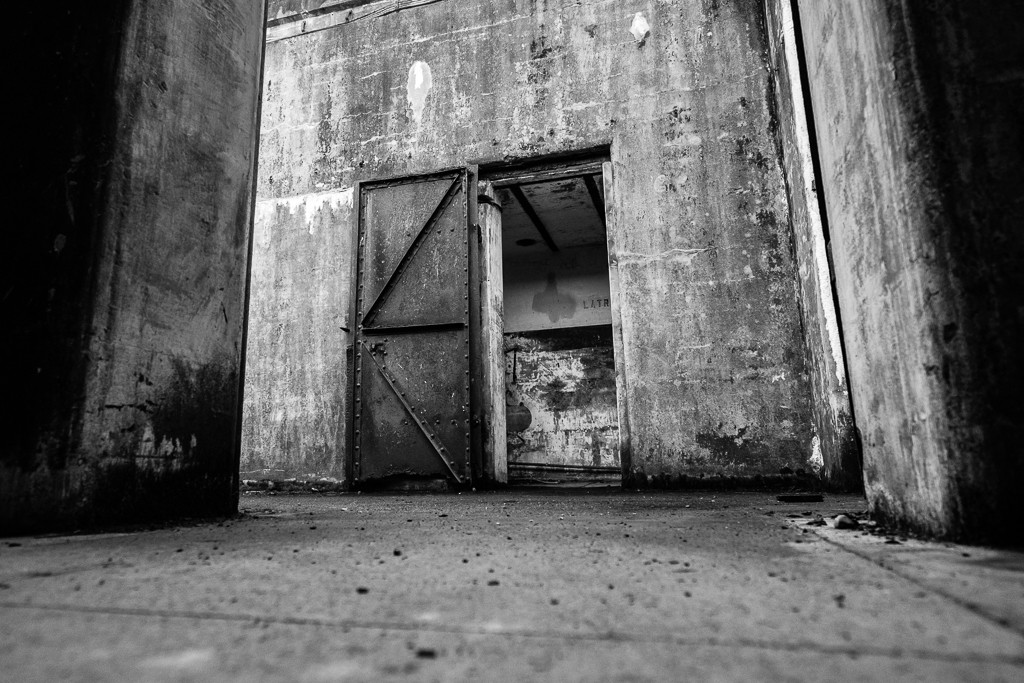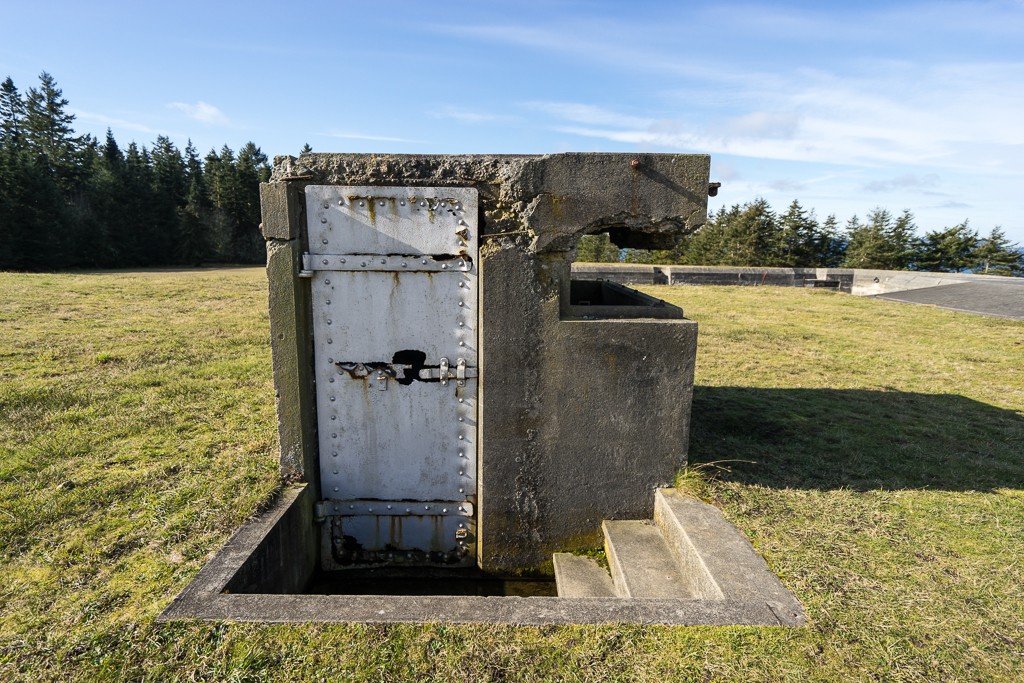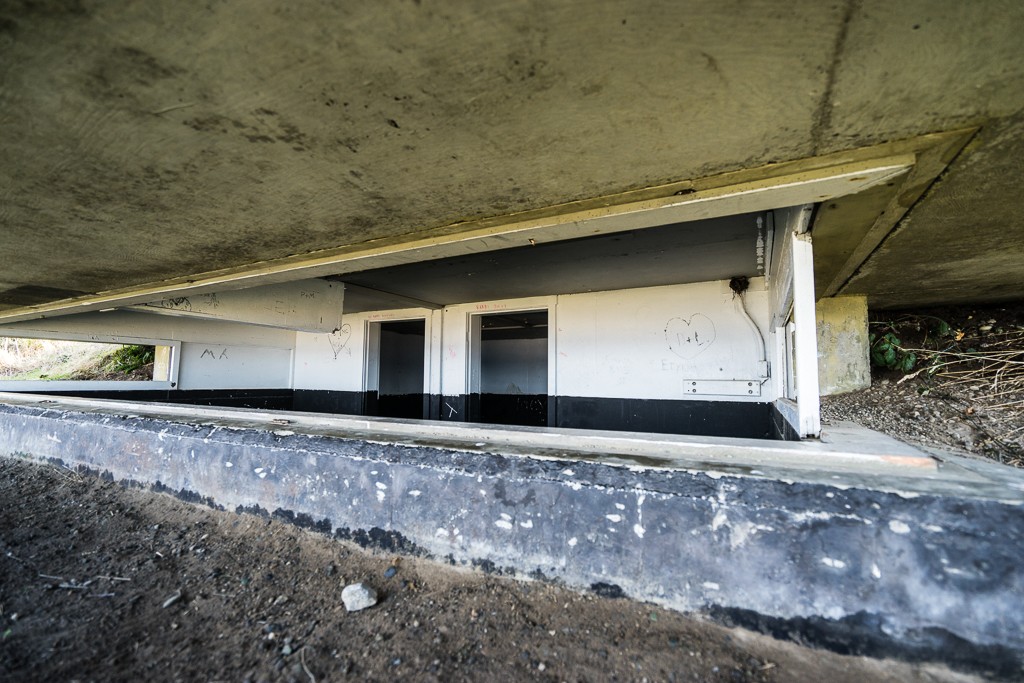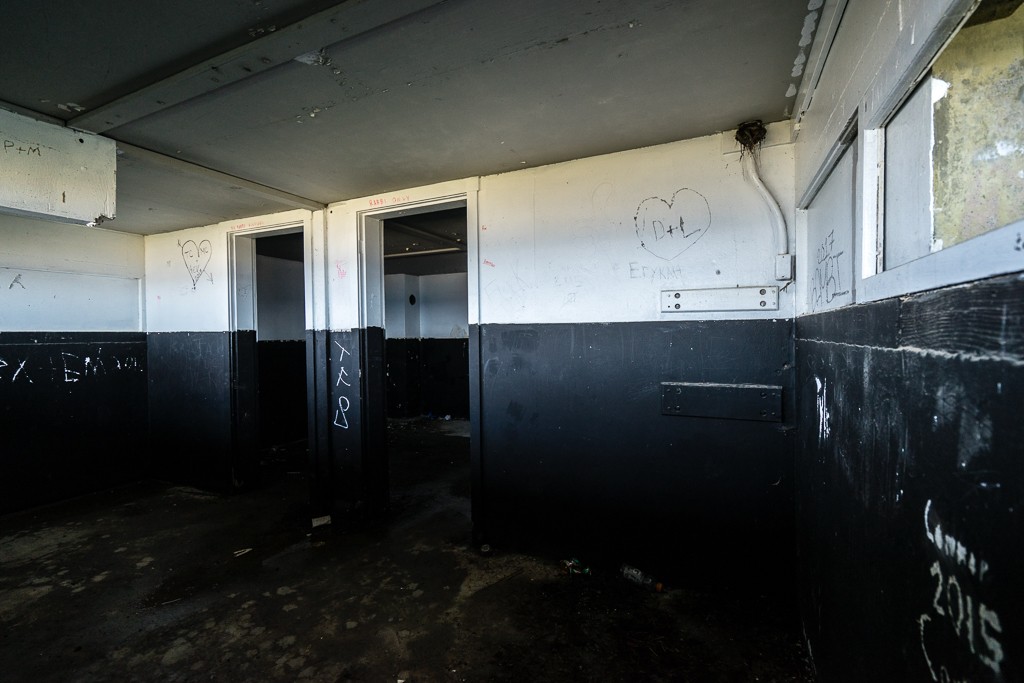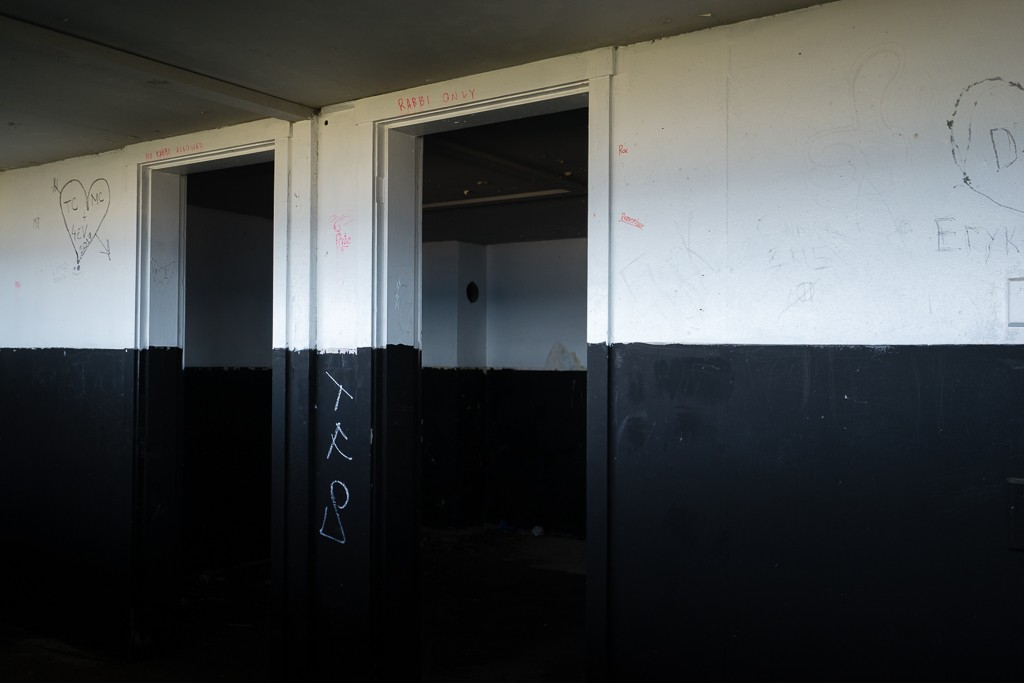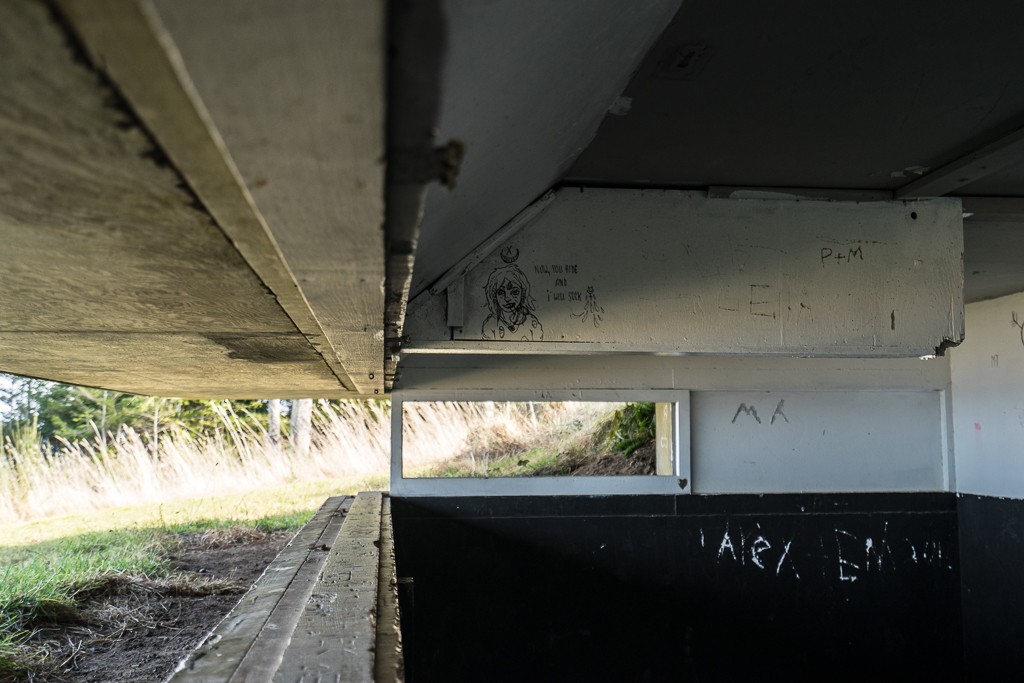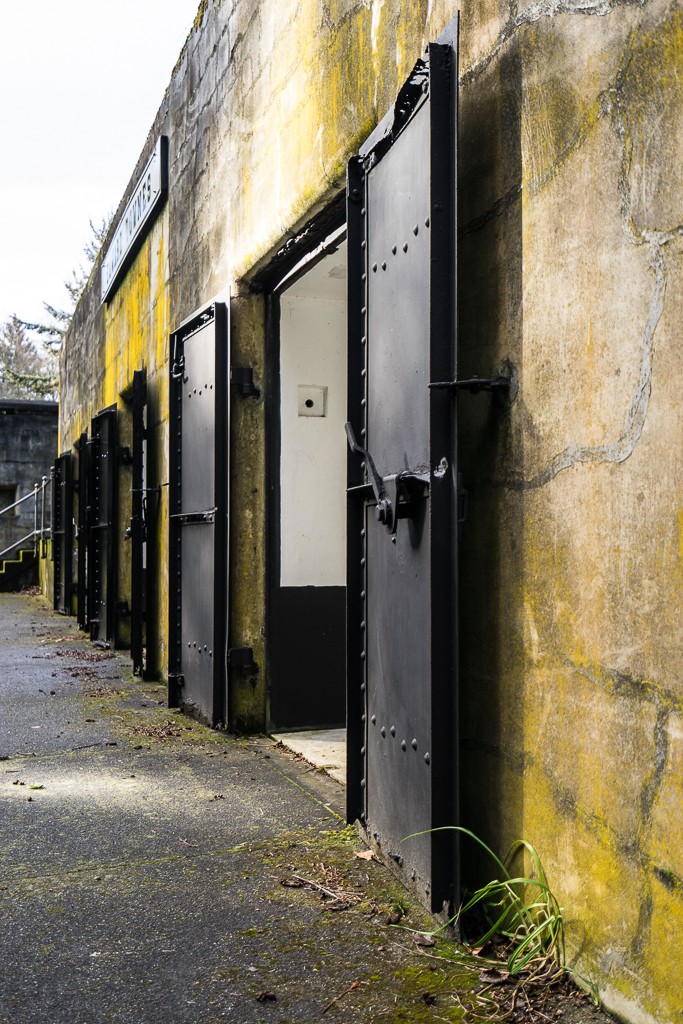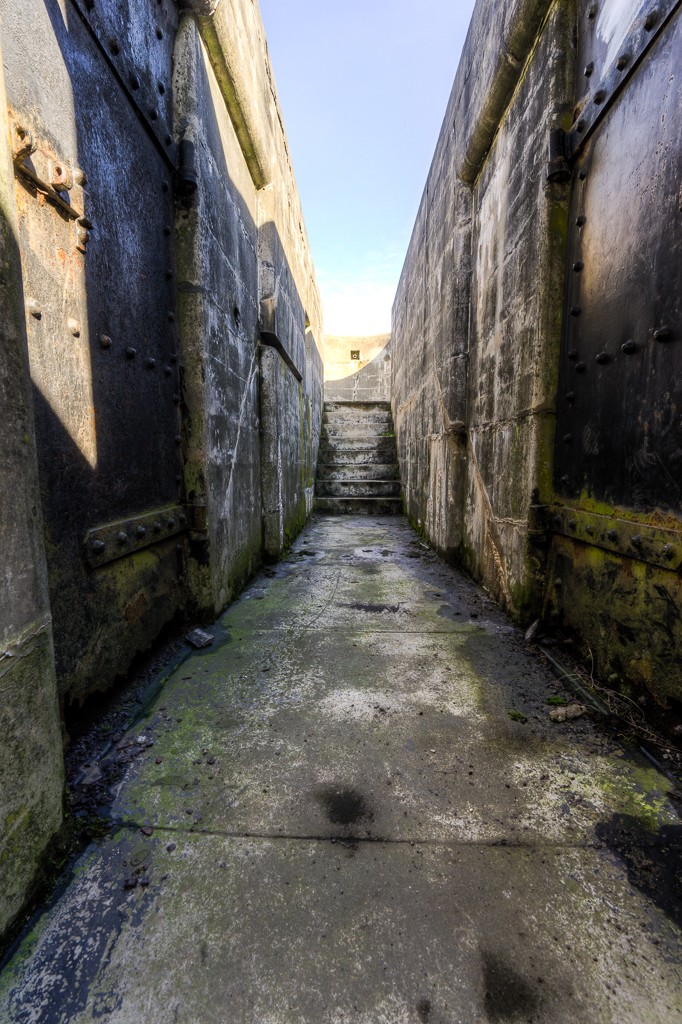Part of a ‘triangle of fire’ defense which included Fort Worden and Fort Casey, Fort Flagler helped in the defense of Admiralty Inlet, the gateway to Puget Sound, Bremerton Naval Shipyards and the growing cities of Seattle and Tacoma.
Construction at Fort Flagler began in 1899 with gun batteries Wilhelm, Rawlins and Revere on the main gun line north of the Parade Ground. Over the next 7 years, construction continued with the addition of 6 more gun batteries, a mortar batter, an anti-aircraft battery, 4 fixed searchlight emplacements and dozens of wood-structure support buildings and housing for fort troops and administration.
During World War I, many of the guns were removed for shipment to the war front in Europe, or were scrapped. After the war, the fort population was reduced to a caretaker detachment, and by 1937 many of the troop barracks were demolished due to deterioration.
In World War II, new barracks were built, the 1920 era Anti-Aircraft Battery was moved into a ‘revised’ Battery Rawlins. The remaining heavy guns were removed by the end of WWII, and in 1954 Fort Flagler was officially deactivated and declared surplus the next year.
I’ve been interested in urban decay photography for a long time but rarely have the chance to shoot it. This wasn’t my first trip out to Fort Flagler, but this weekend I had the urge to go actually set up a tripod and do an actual photoshoot. I drug Rashell and Jason along for the ride. 😉
This group of photos is processed a little more than usual. I wanted a real grungy, decaying look to them, which I think that I achieved. I even used HDR for a few shots, which is usually too time consuming for me to bother with, but I ended up liking the effect! Now I want to plan an excursion to the nearby Fort Casey and Fort Worden!
